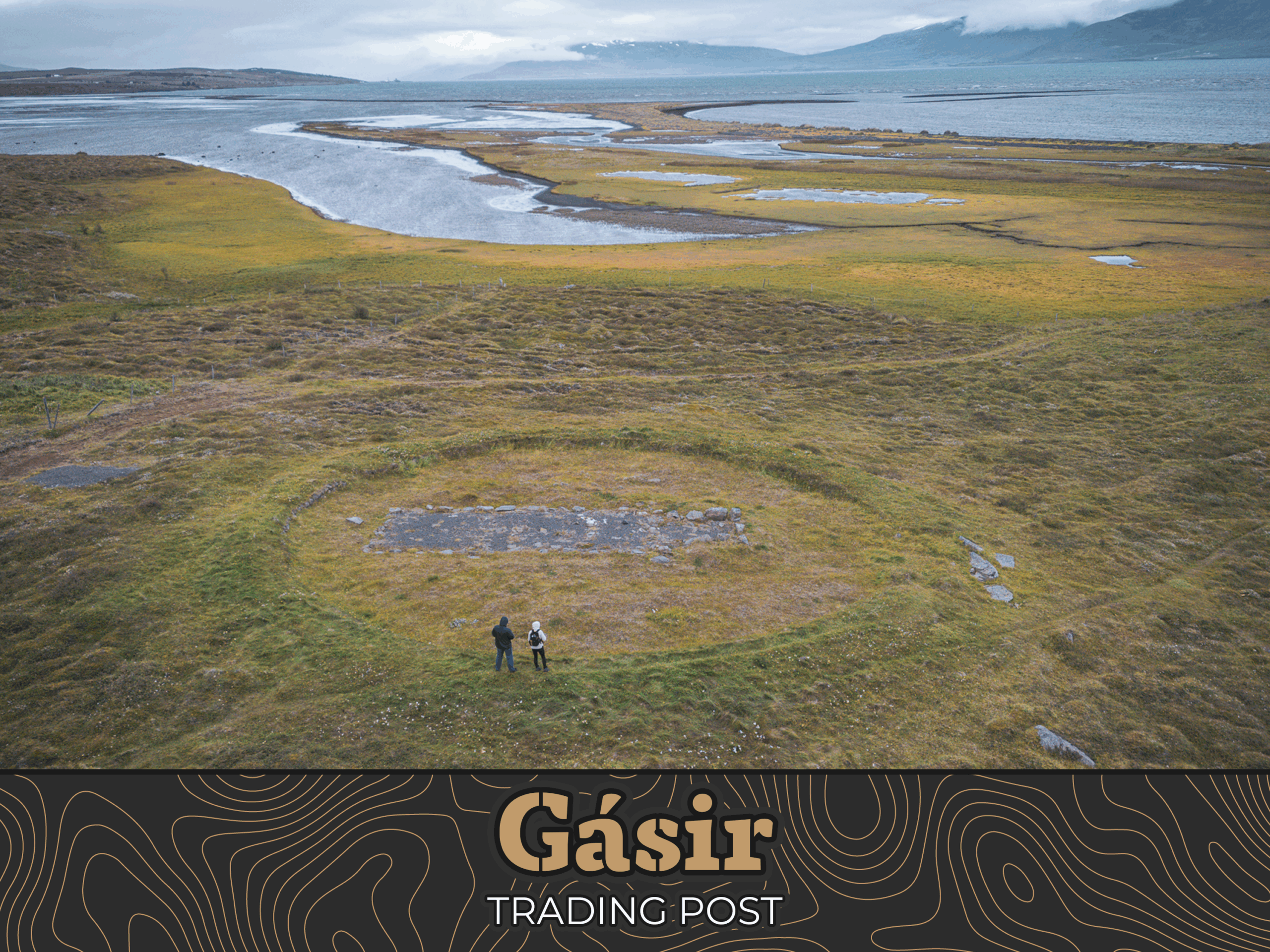
Eyjafjörður 🇮🇸
In biting cold and sharp wind, we reached Gásir in August 2024 – the most important medieval trading place in northern Iceland.
From the 12th to the 15th century, foreign merchants and Icelanders gathered here each summer to exchange goods. Gásir was not only a marketplace but also a workshop, a hub for travellers, and a place for ship repairs. The main exports were wool, hides, meat, sulphur, and falcons.
The Sturlunga saga mentions Gásir as early as 1191: “That winter ships were at Gásir, and the following summer a great market took place there.”
In the 14th century, most ships came from Bergen in Norway. Later, English and then German merchants took over the trade, particularly interested in Icelandic fish. Not only traders and craftsmen came to Gásir, but also Icelandic chieftains, bishops, farmers, and all those who wanted to sell or exchange goods.
Since the site was only used seasonally, there were no permanent dwellings, only simple and temporary booths. These were shallow dugouts with turf walls and fabric roofs. Some floors were paved with stone slabs, many booths had benches and fireplaces, and some were connected by narrow passageways. Only the small wooden church with its surrounding turf wall was built as a permanent structure.
Around 1400, Gásir disappeared. The harbor silted up, trade routes shifted, and the site was abandoned. Today, the foundations of the church with its surrounding wall and the remains of two booths near the shoreline are still visible. Every July, a reenactment event brings the history of the place back to life.

How to get there?
- Gásir at Google Maps,
Coordinates: 65°46’58.3″N 18°10’01.1″W
Website: Museum Website
About the Event: Facebook
Sie sehen gerade einen Platzhalterinhalt von Google Maps. Um auf den eigentlichen Inhalt zuzugreifen, klicken Sie auf die Schaltfläche unten. Bitte beachten Sie, dass dabei Daten an Drittanbieter weitergegeben werden.
Mehr Informationen